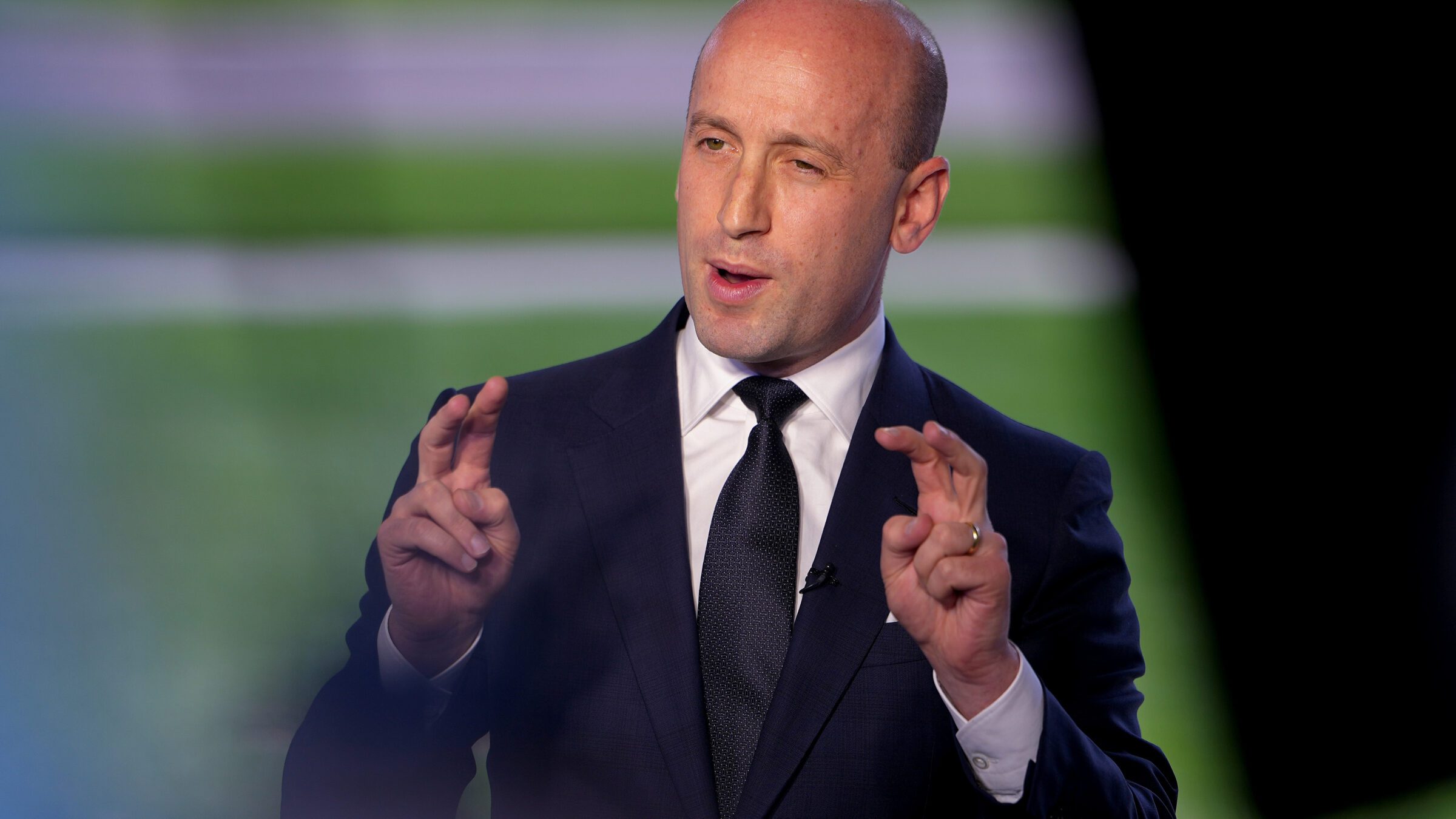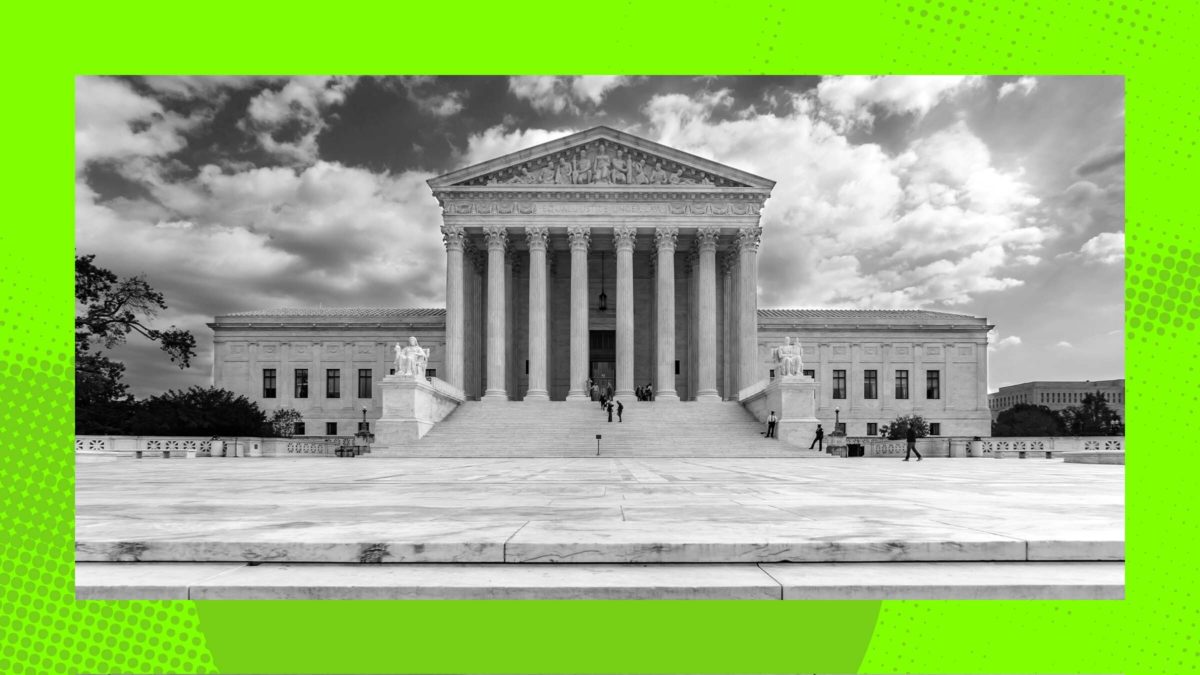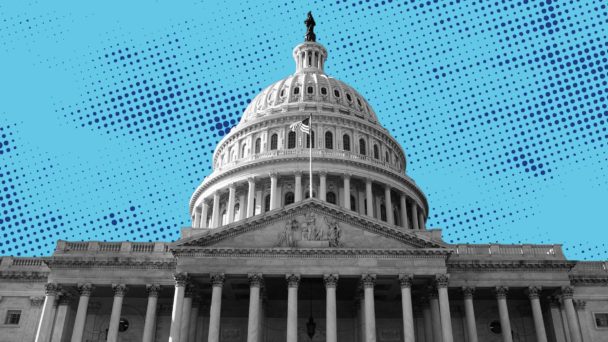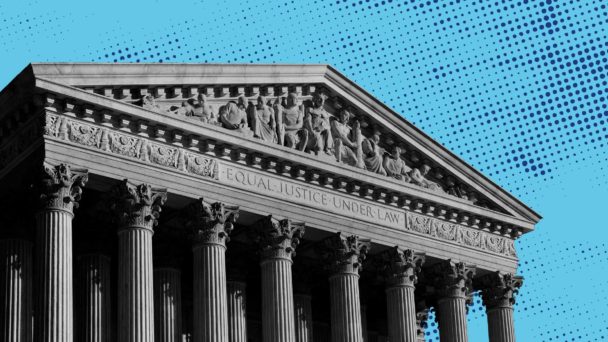Over the past few months, legal commentators have railed against the evils of “black-robed tyrants” and unaccountable “judicial insurrectionists” who are “upend[ing] the popular agenda of a sitting president” and executing a “judicial coup.” There is no justification, one argued, for a system in which “crazy judges” can “block and freeze each and every executive action.”
You could be forgiven for mistaking the speakers for liberal pundits decrying the Supreme Court’s six-justice conservative supermajority for overturning federal abortion rights, student loan relief, environmental protections, immigration policies, and so on. But no, now that President Donald Trump is in the White House, it is Republicans calling out federal judges for putting temporary restraining orders and nationwide injunctions on blatantly unconstitutional executive orders and “Department of Government Efficiency” actions. For conservatives, things have gotten so bad that the Court weighed in in Trump v. CASA to limit district courts’ power to stymie the president’s authoritarian agenda.
Never mind that conservative courts spent the last four years overturning policies supported by large majorities of Americans. Never mind that conservative activists have ready-made judge-shopping venues that allow them to fast-track pet projects to the Fifth Circuit and the Supreme Court. Never mind that conservatives, including Chief Justice John Roberts, love to remind us that judges have lifetime appointments in order to protect their jobs when they do what the law supposedly calls for. Nope, all of that is fine, but what is intolerable is that when an Elon Musk flunky decides that a random civil servant needs to be fired, or when Donald Trump voids sections of the Constitution or unambiguous federal statutes by executive order, they might have to wait a little while for courts to decide whether the law has any meaning anymore.
Republicans were all too willing to embrace this kind of judicial power when it advanced their interests. During the Biden administration, when Democrats held the White House and one or both chambers of Congress, conservatives endorsed a maximalist version of juristocracy that allowed unelected Supreme Court justices to overturn policies they deemed inconsistent with this nation’s “history and tradition.” Conservative lower court judges competed with one another to crank out the most MAGA takes, and gleefully handed out nationwide injunctions in hopes of getting a promotion from a future Trump administration.
These shifts in priorities reflect broader tactics in Republican politics, whose luminaries have taken increasingly outrageous contradictory positions that have made plain that their only organizing principle is chasing power for themselves. How else to explain the same movement championing the unitary executive theory under President Ronald Reagan, taking a break under President Bill Clinton, rediscovering its merits under President George W. Bush, and then decrying the “imperial presidency” of President Barack Obama? Even more glaring were conservatives’ efforts to shift power from the executive branch to the judiciary, conveniently timed to Biden’s victory in 2020 and the eleventh-hour confirmation of Justice Amy Coney Barrett. Now that Trump is back in the White House, courts are back in the crosshairs of conservative extremists, and the executive is the be all, end all once again.
All of this has led to our current case of conservative whiplash involving nationwide injunctions. During the Biden administration, when Senate Majority Leader Chuck Schumer and Senate Minority Leader Mitch McConnell introduced proposals to address judge-shopping and misuse of nationwide injunctions, most conservatives were uninterested at best, if not outraged by this assault on the separation of powers. Trump advisor Stephen Miller, who cheered injunctions against Biden policies and Twitter-policed the administration’s adherence to court orders, is now questioning where in the Constitution it “says a lone unelected district judge can assume decision-making control over the entire executive branch.”

(Photo by Kevin Dietsch/Getty Images)
Article III of the U.S. Constitution, which establishes the federal judiciary, says only that the “judicial power of the United States” is vested in the Supreme Court and inferior courts created by Congress. Alexander Hamilton famously called the judiciary “the least dangerous branch” because of its relatively few enumerated powers. It was not until Marbury v. Madison in 1803 that the Court claimed its role as the final arbiter of the Constitution’s meaning. Even then, the Court did not actually use this power in a significant way until 1857, when it struck down the Missouri Compromise and declared that Black people had “no rights which the white man was bound to respect” in Dred Scott v. Sandford. Since then, the Court has continued to consolidate its power, to the point that the U.S. has the most powerful high court in the world.
So even though the right’s attacks on judicial authority are not in good faith, they do touch on issues with the United States’ uniquely powerful courts. For most of its history, the Court has acted as an antidemocratic force, nullifying the will of the people and narrowing the scope of individual and collective rights. Most coverage of Court (and court) reform efforts has focused on personnel-focused changes like expansion, term limits, and ethics codes, which are necessary but insufficient responses to this entrenched power. Structural reforms that disempower the federal courts could address the problems with the status quo, and allow democracy to flourish.
As the People’s Parity Project’s Jenny Hunter summarized in a comprehensive report, Congress retains significant power over how courts work. Congress can strip courts of jurisdiction over certain issues, for example. It can channel certain types of cases to specific courts. It can impose specific voting requirements on the courts, requiring the sign-off of a supermajority of justices in order to overturn an act of Congress. It can give itself the power to review statutory interpretation cases before a Court decision seeking to clarify Congress’ intent takes effect. Congress could even eliminate non-Supreme Court courts altogether.
The United States was never meant to be a juristocracy. As Hamilton wrote in Federalist No. 78, the framers intended to leave major policy decisions to democratically accountable leaders; liberty, Hamilton warned, “should never be endangered” by unaccountable judges. It’s hard to read those words today while a handful of unelected ideologues strip away individual rights while running cover for a demagogue.
The right is basically just bouncing around trying to find post hoc justifications for their autocratic policy preferences. But it is true the structure of judicial review in the United States is broken. The good news is that Congress has the power to fix it.






